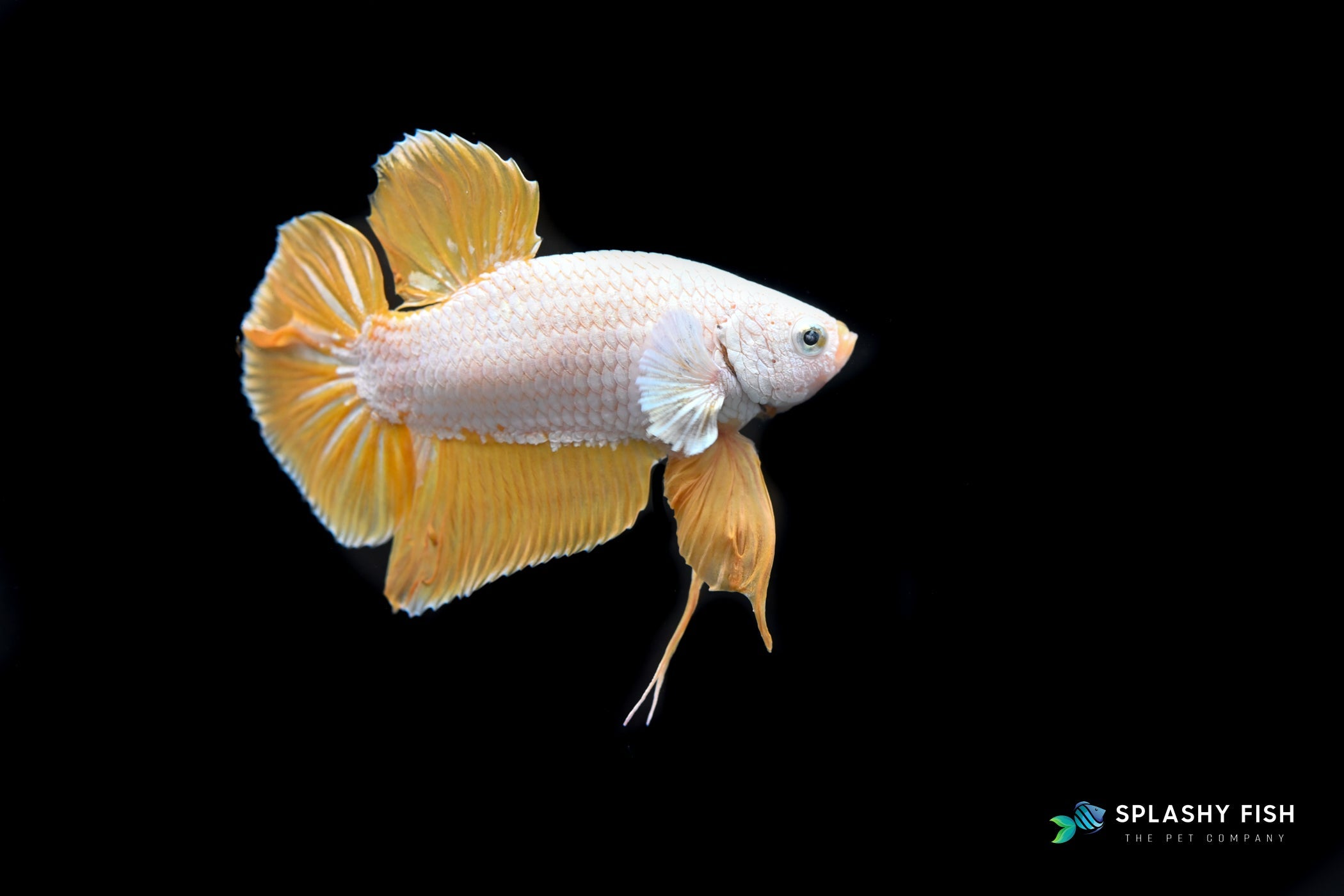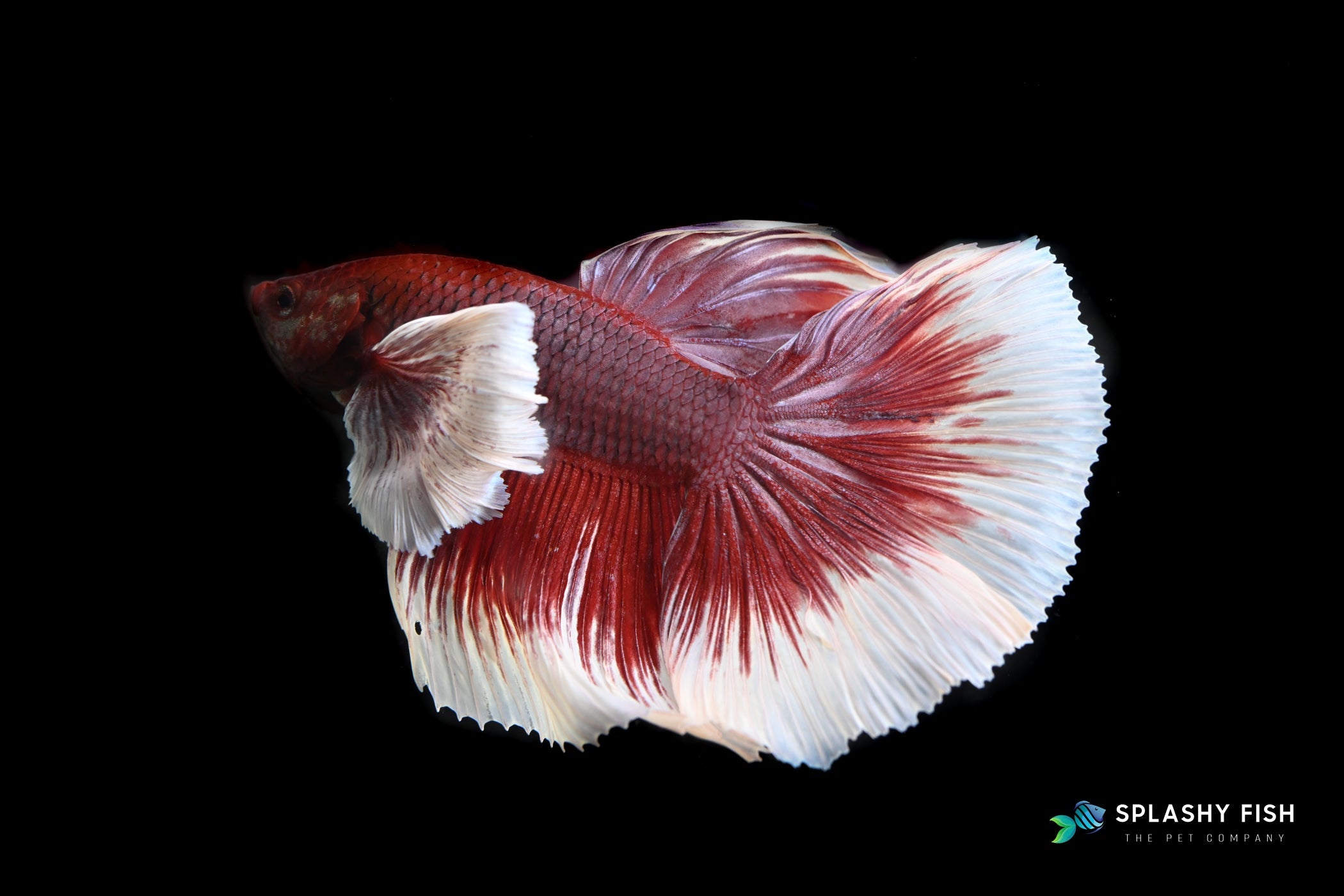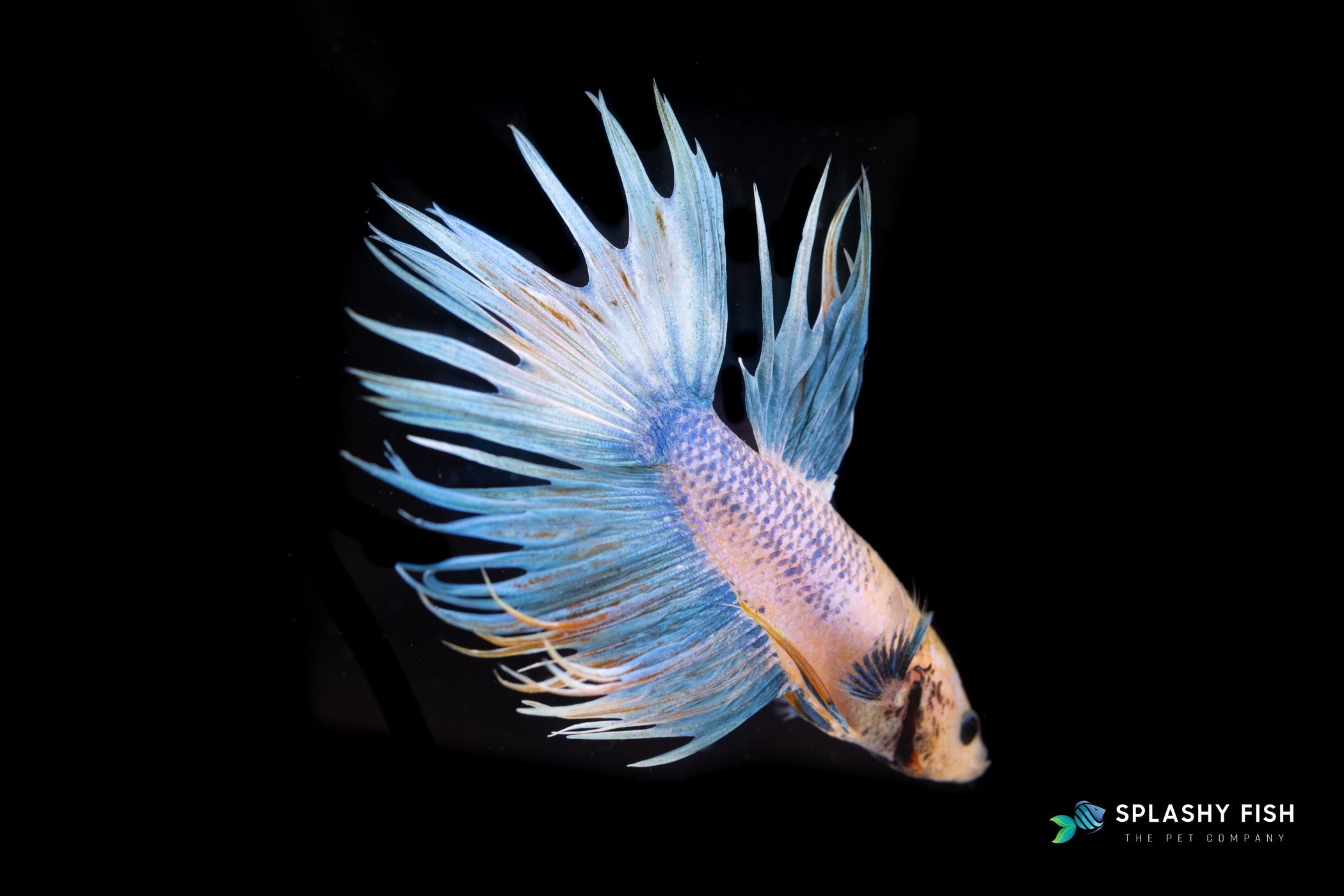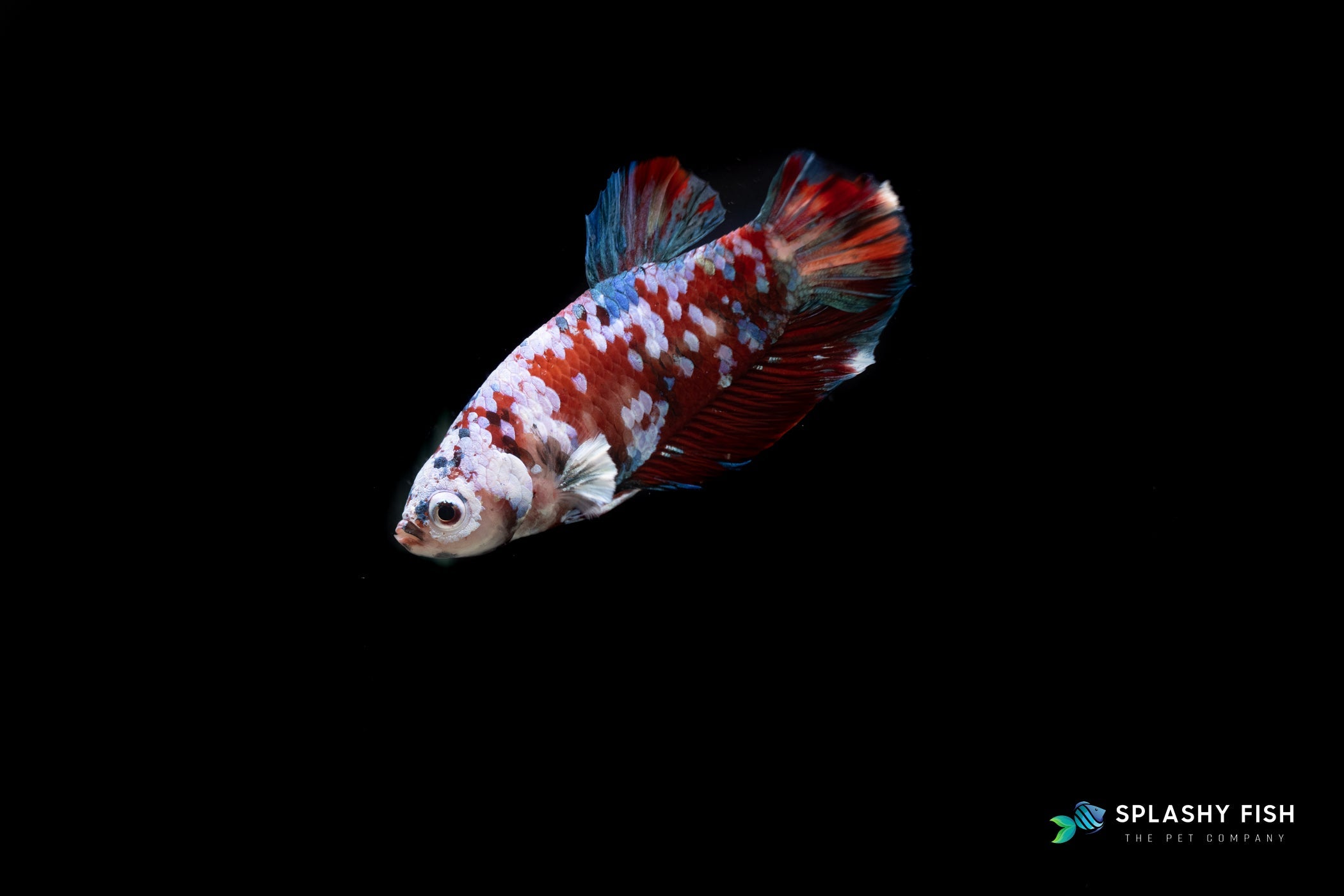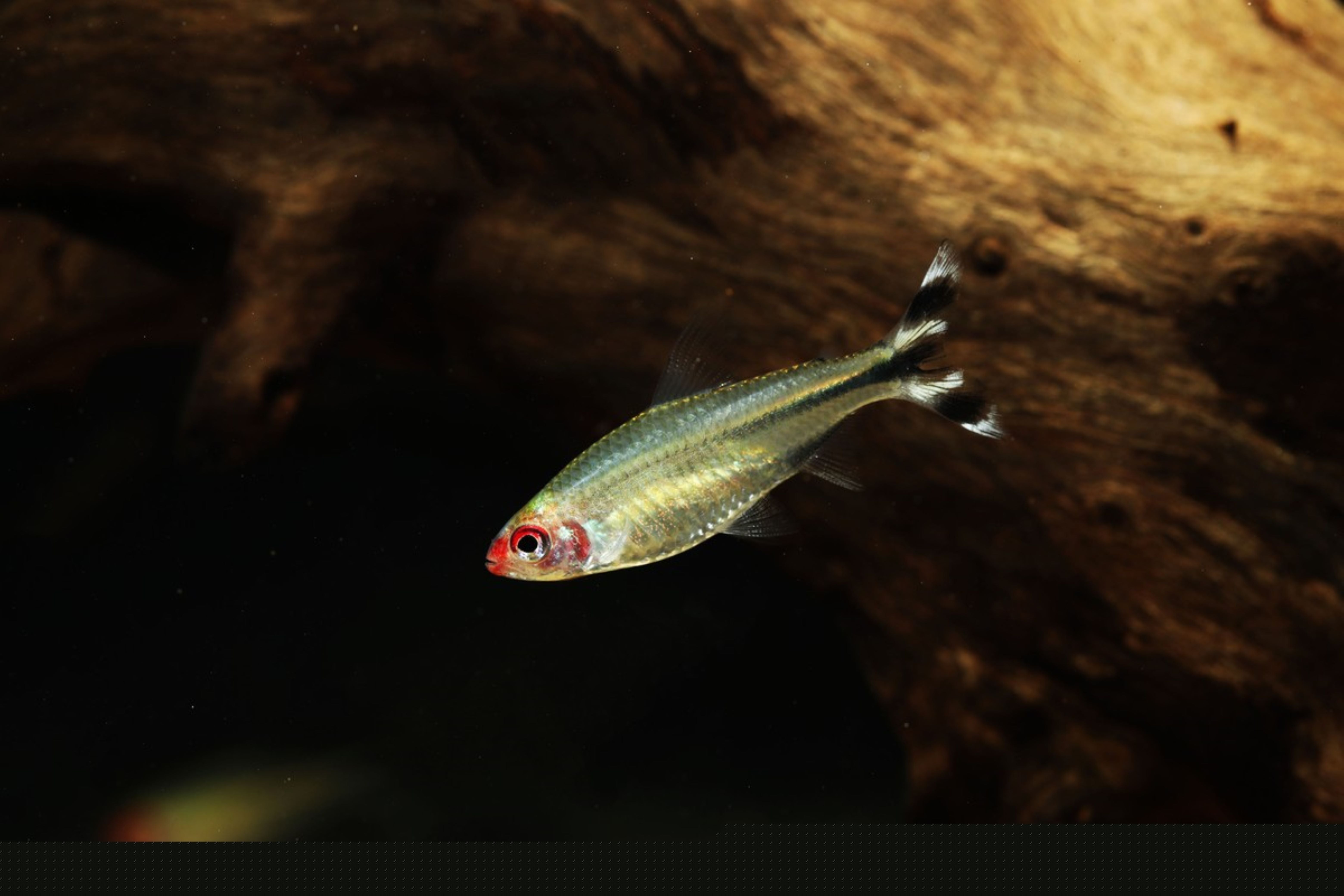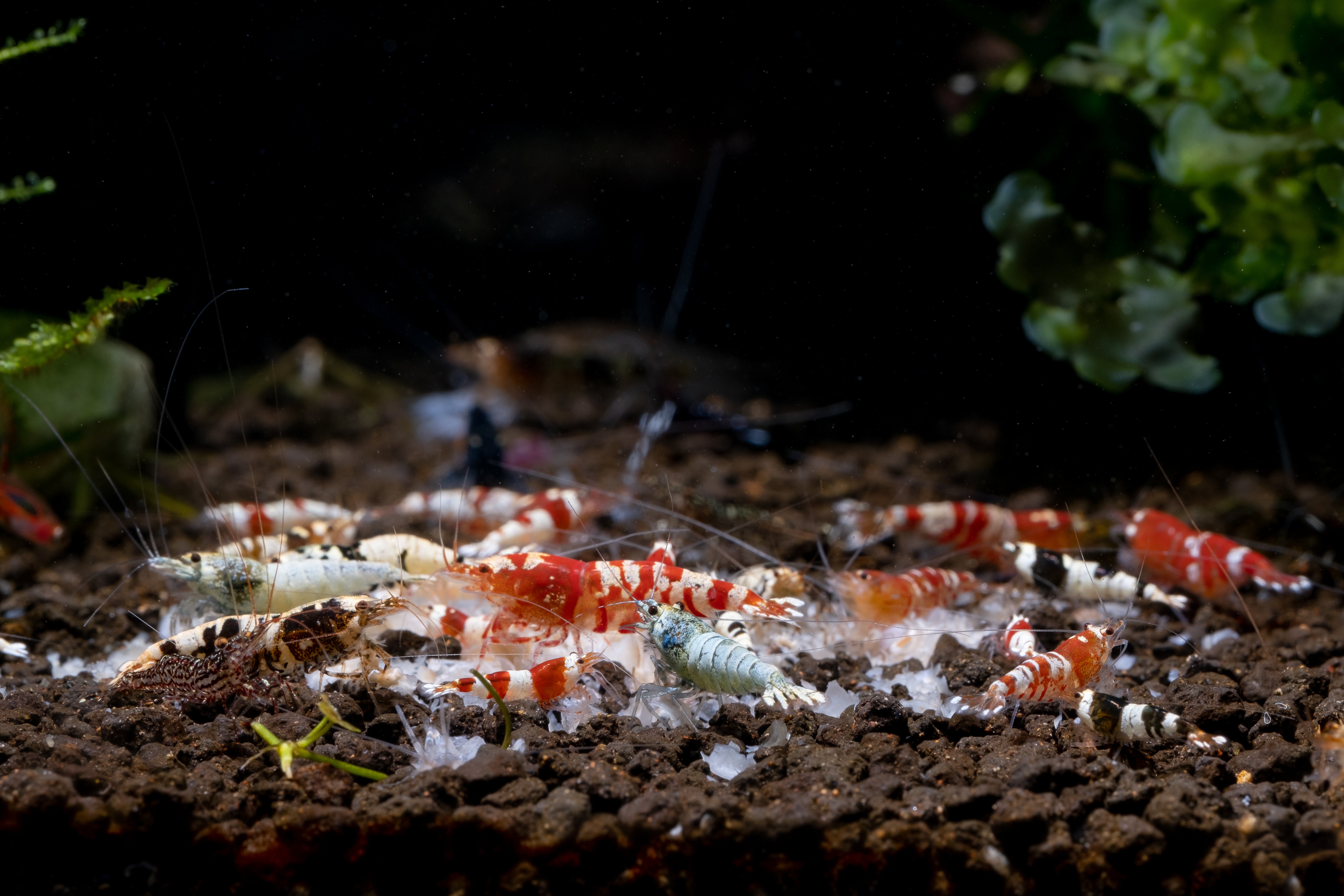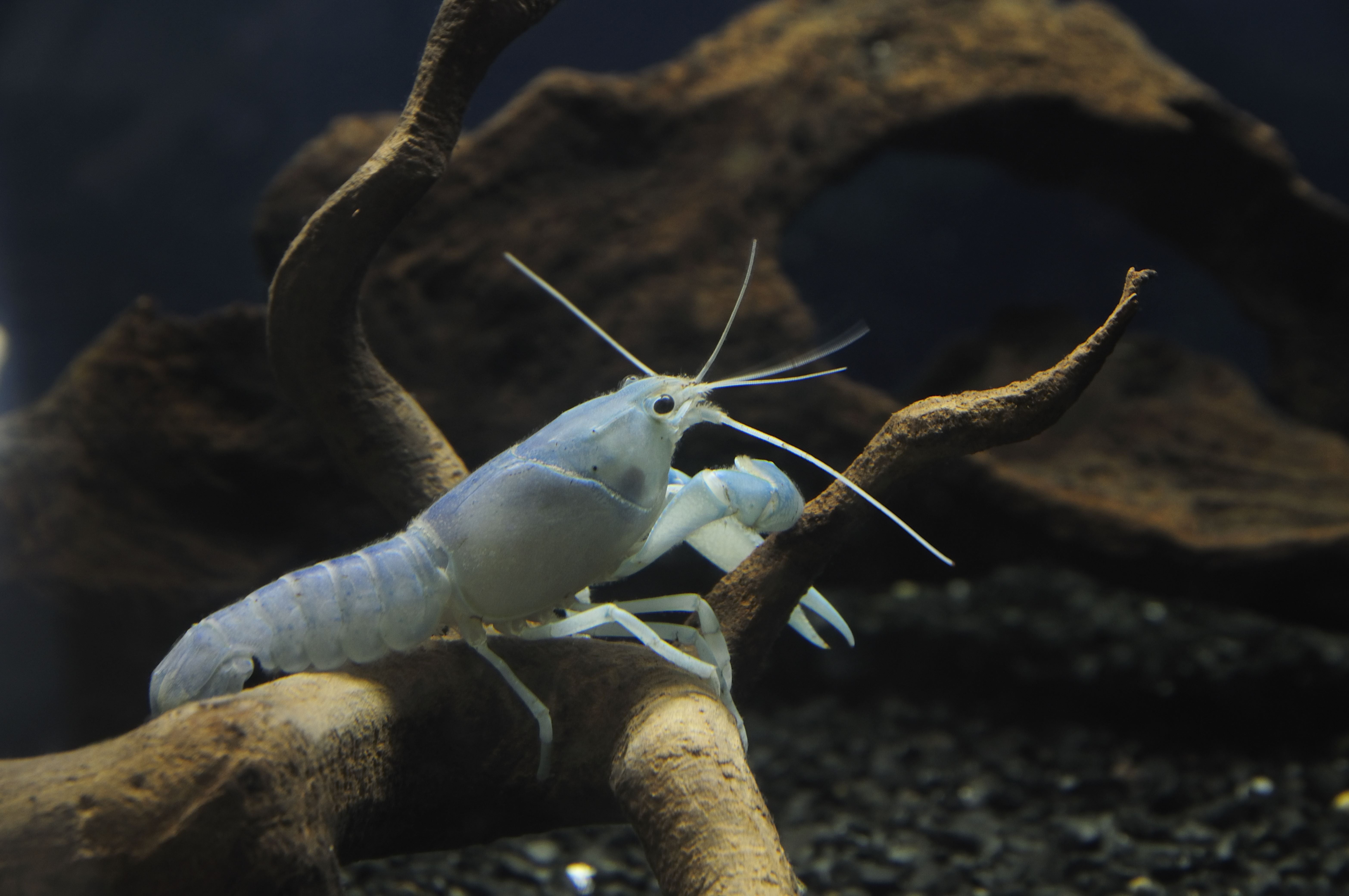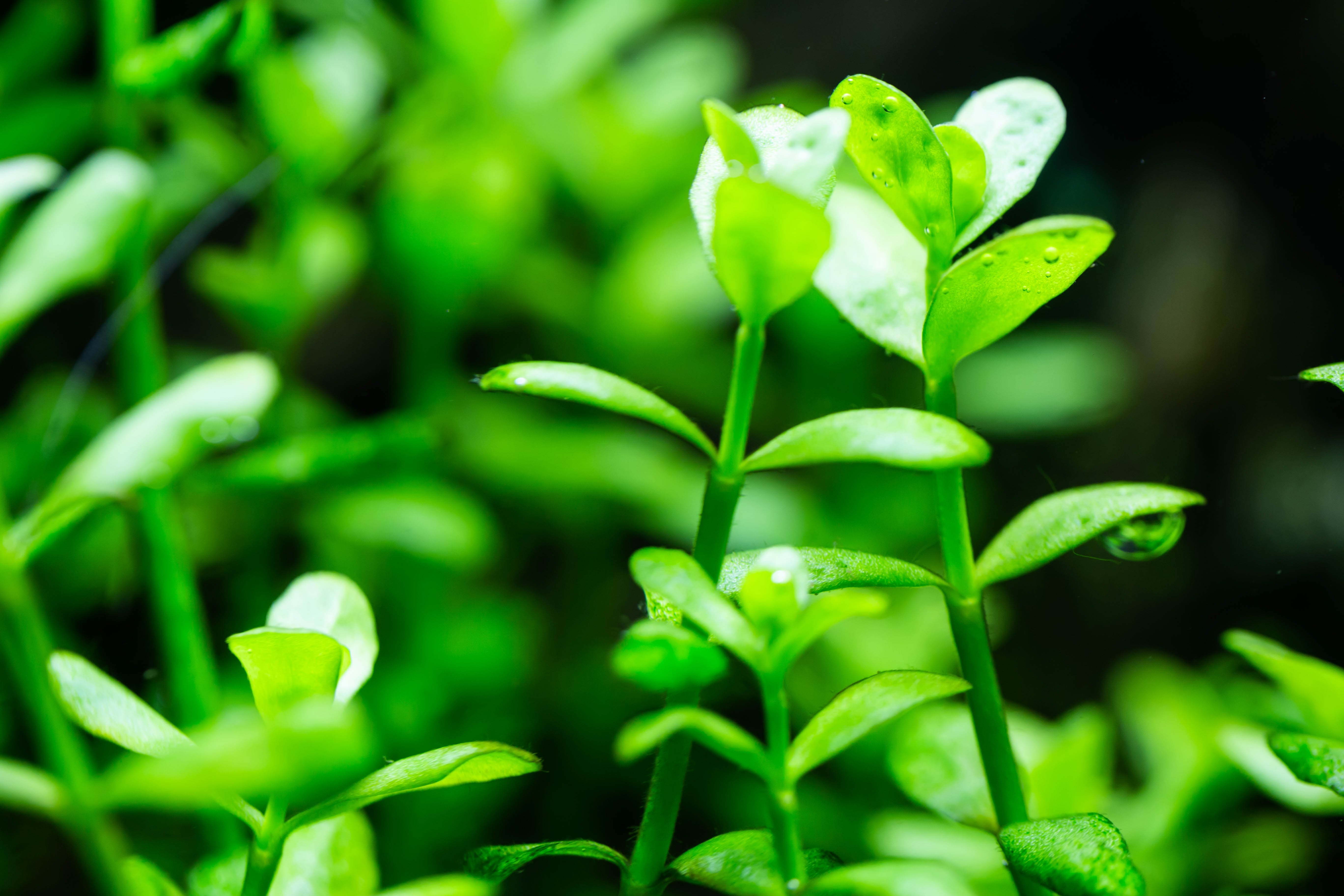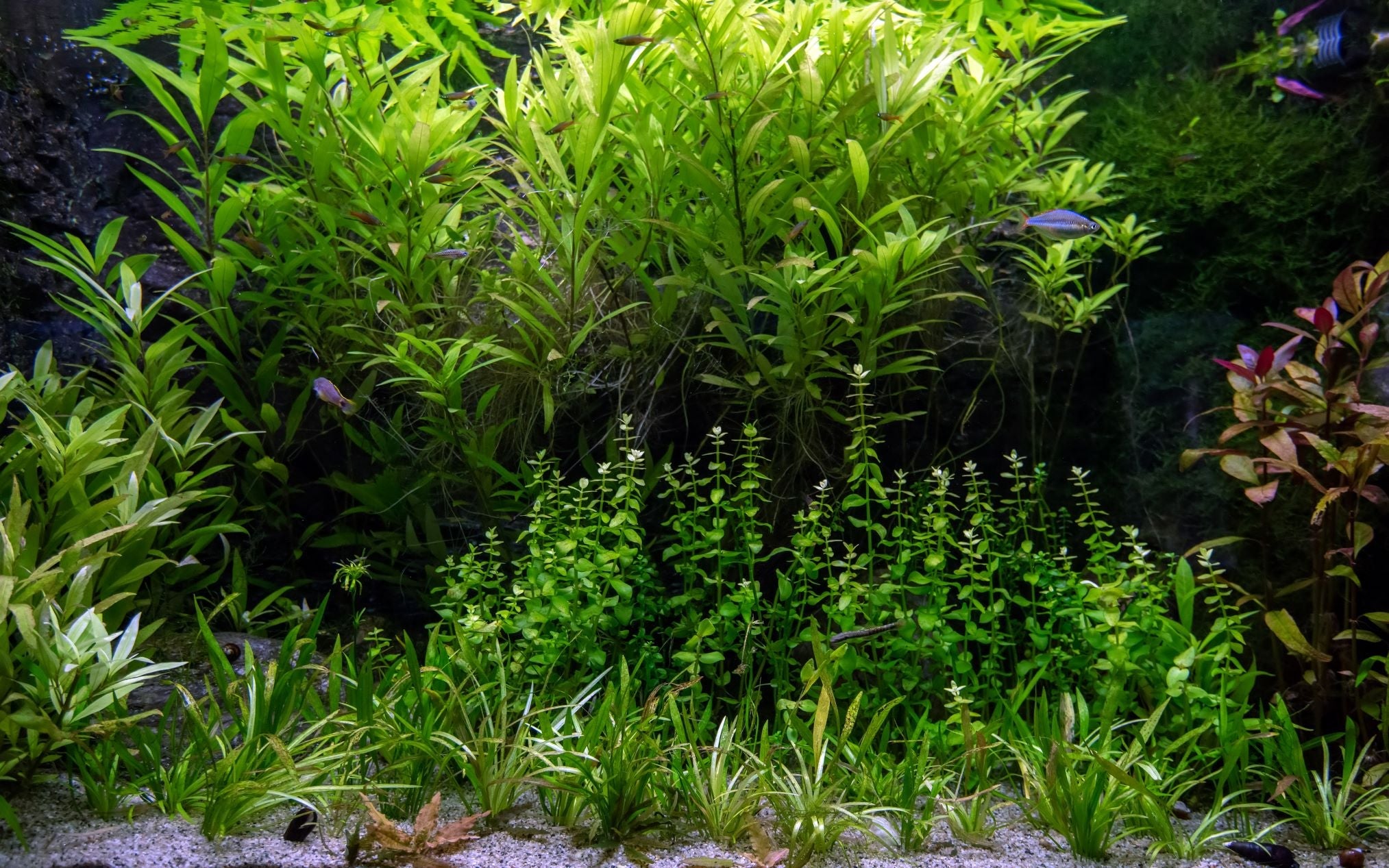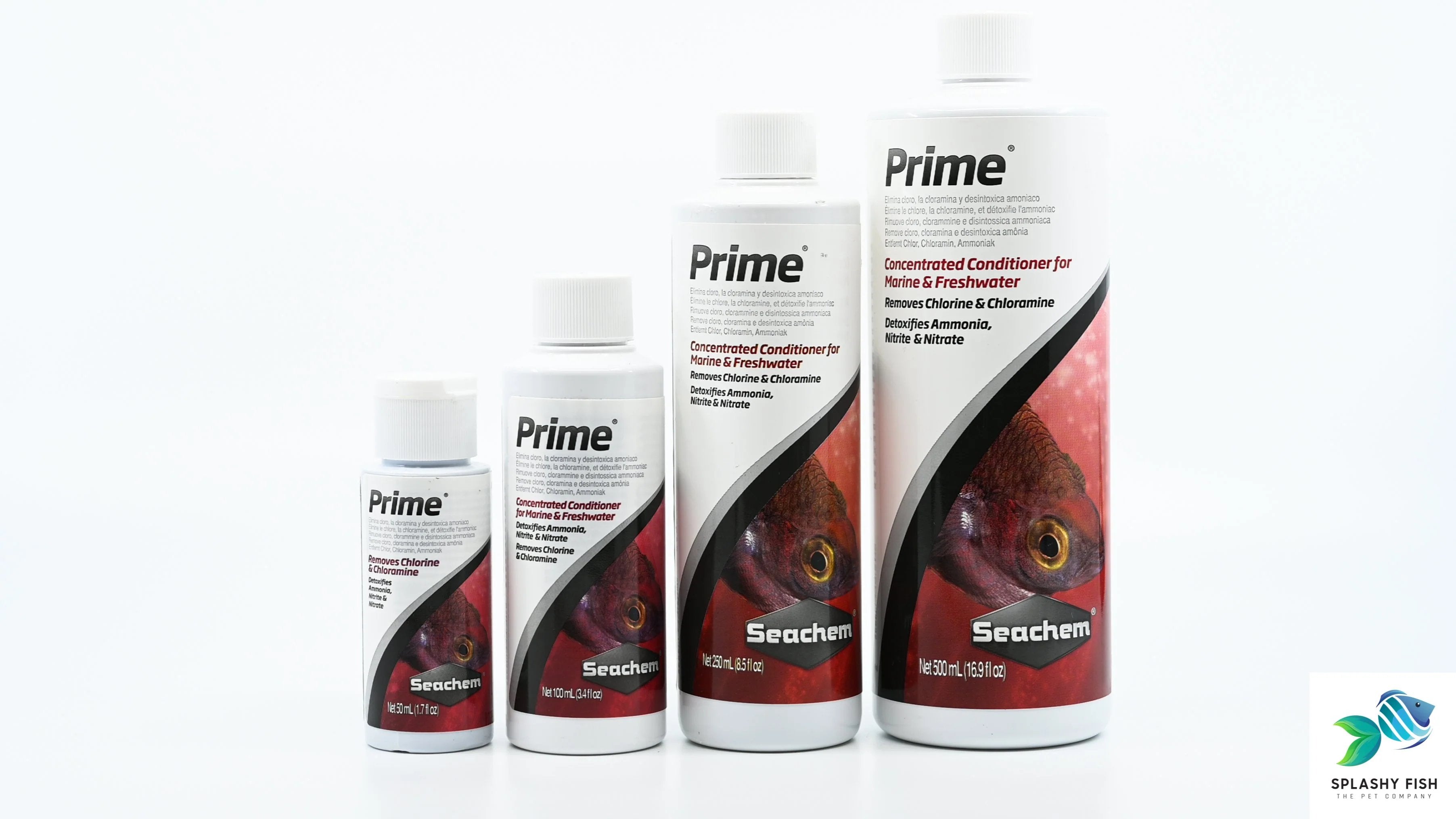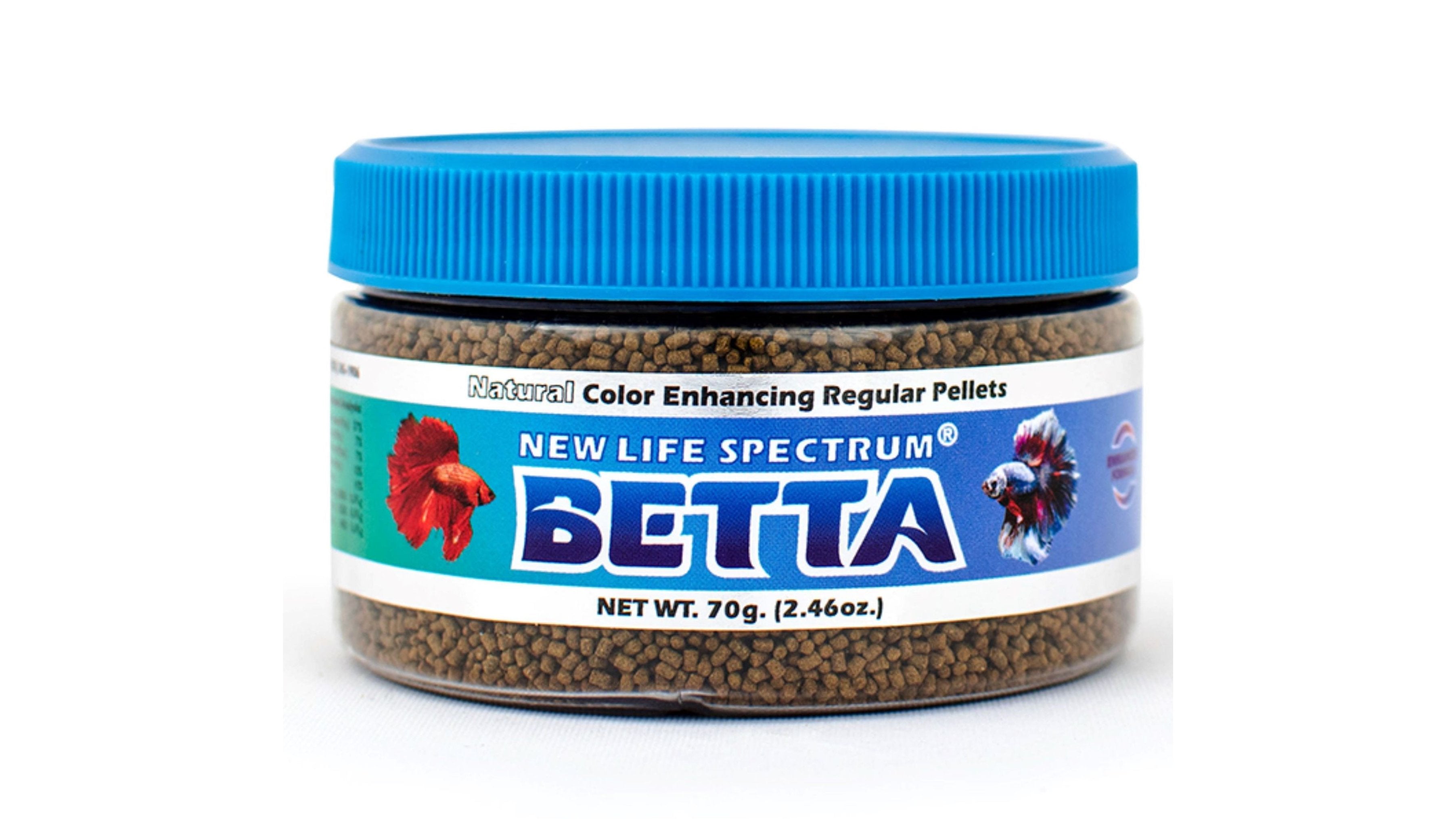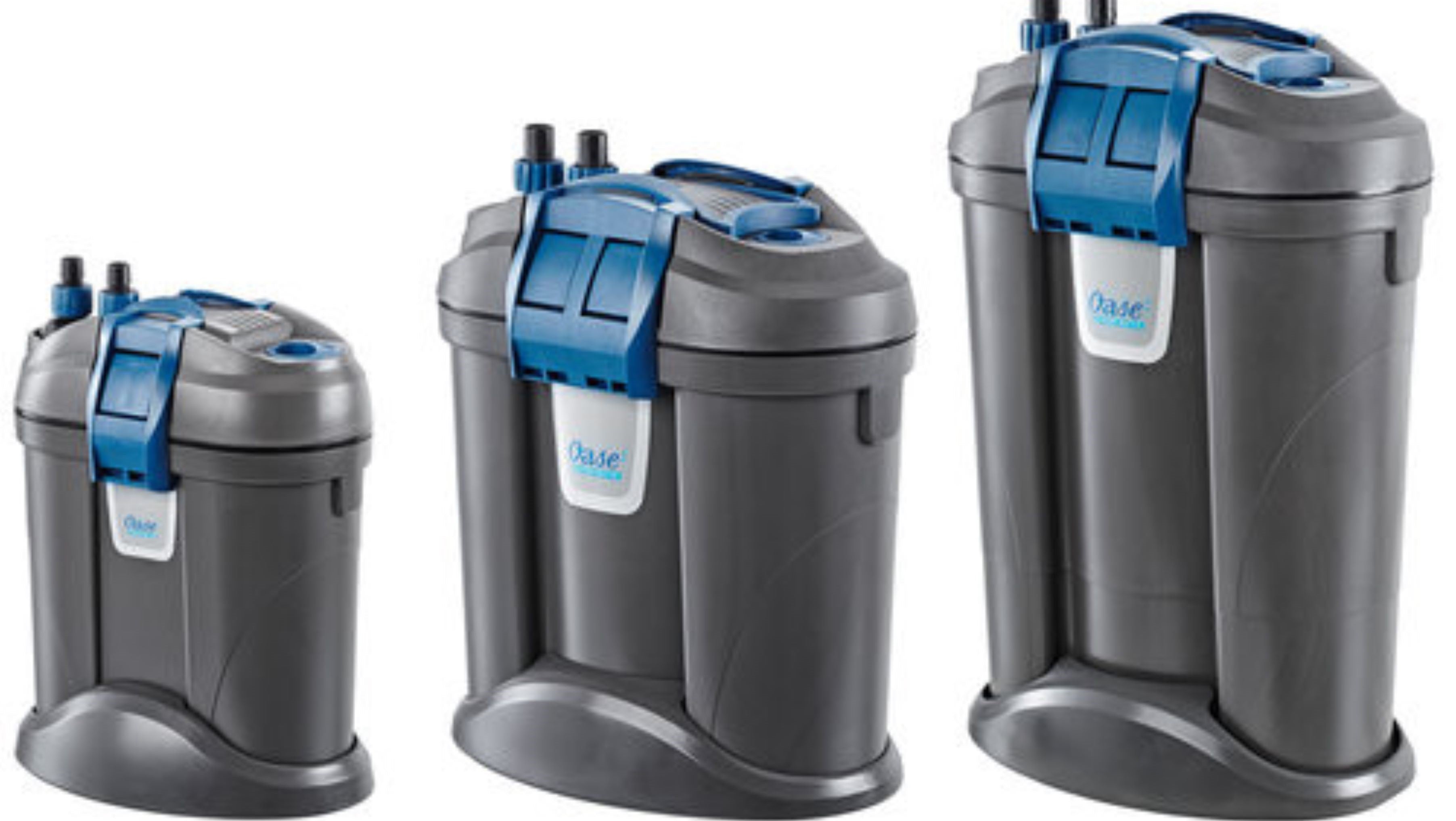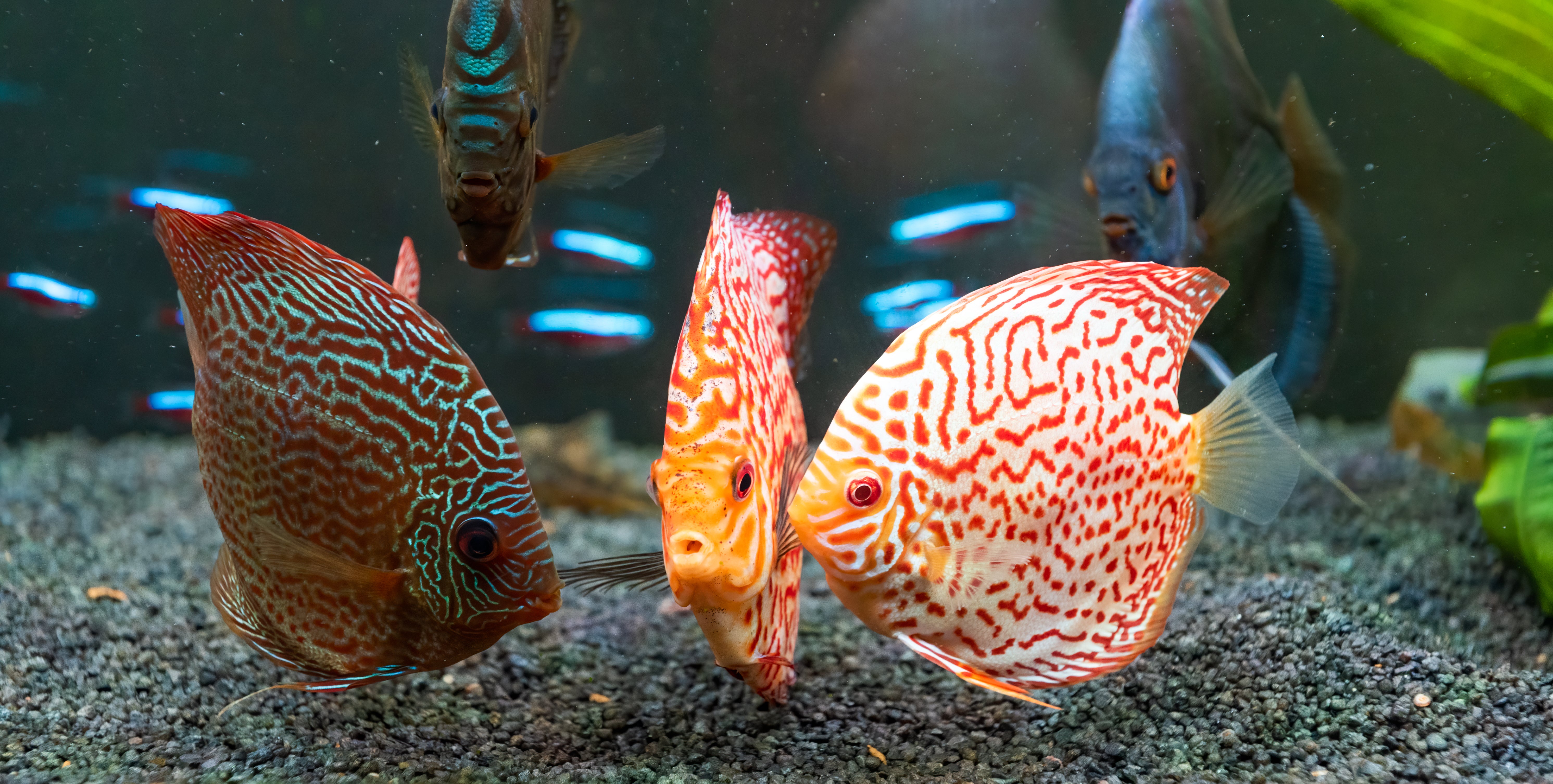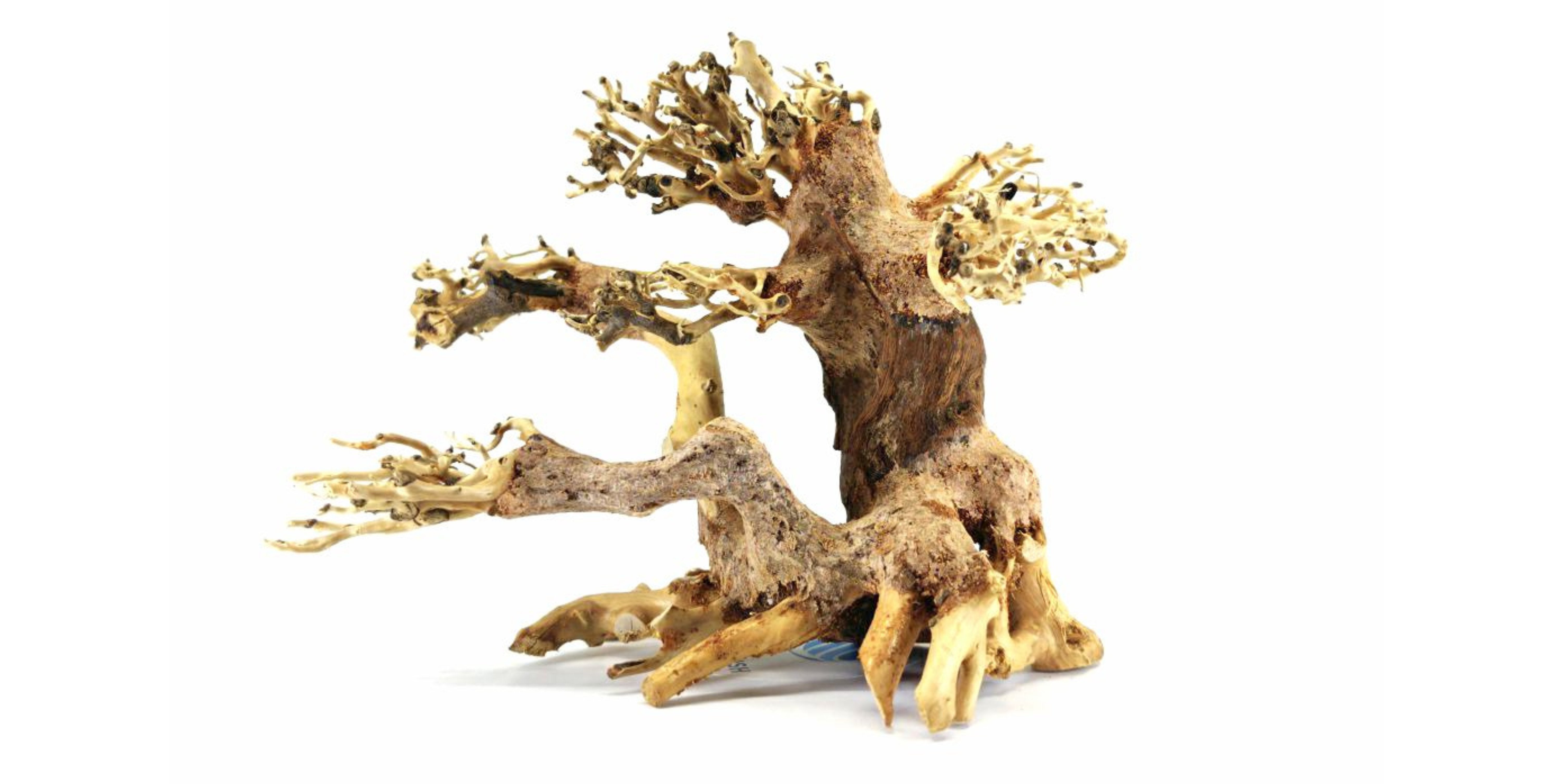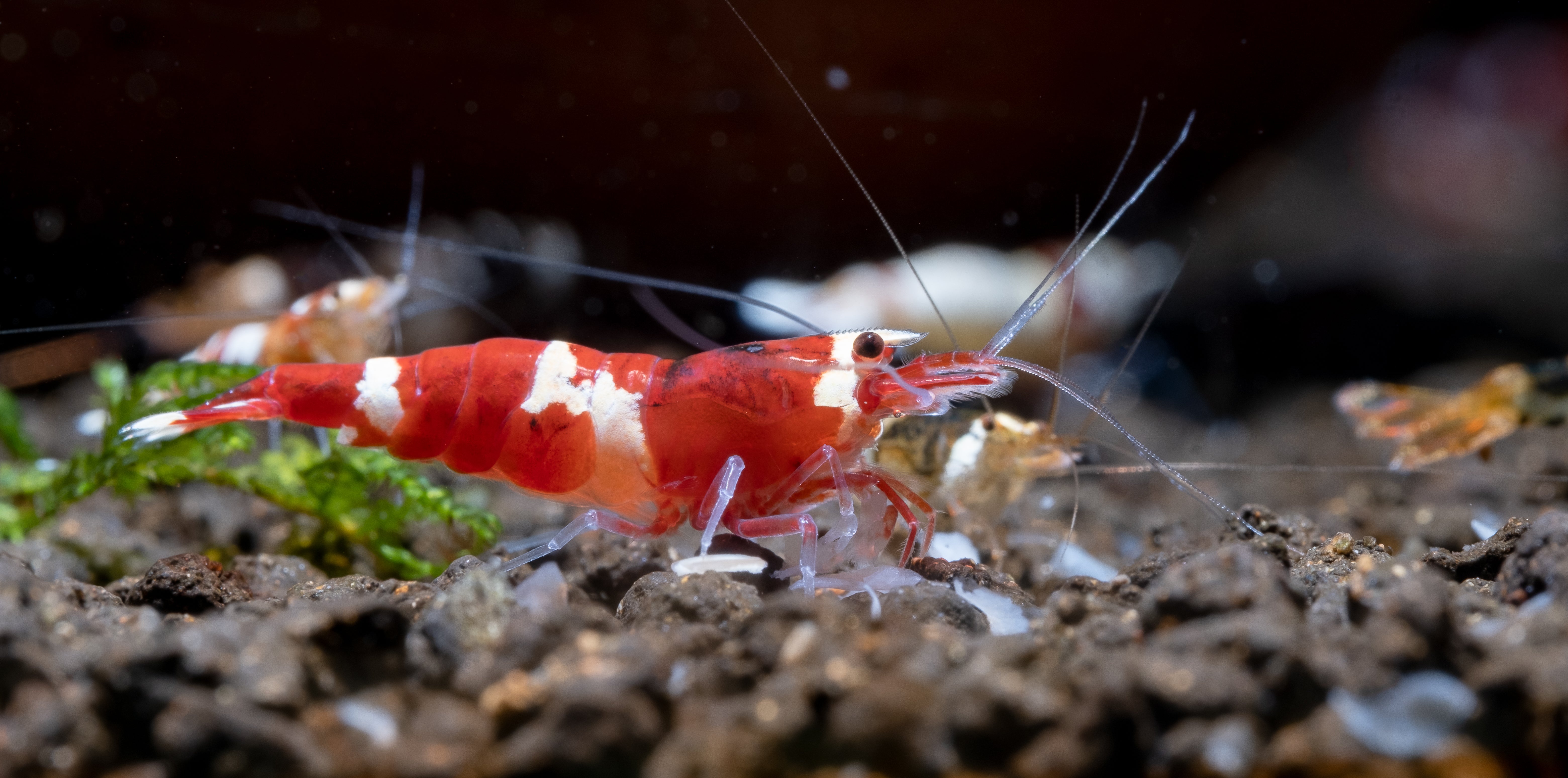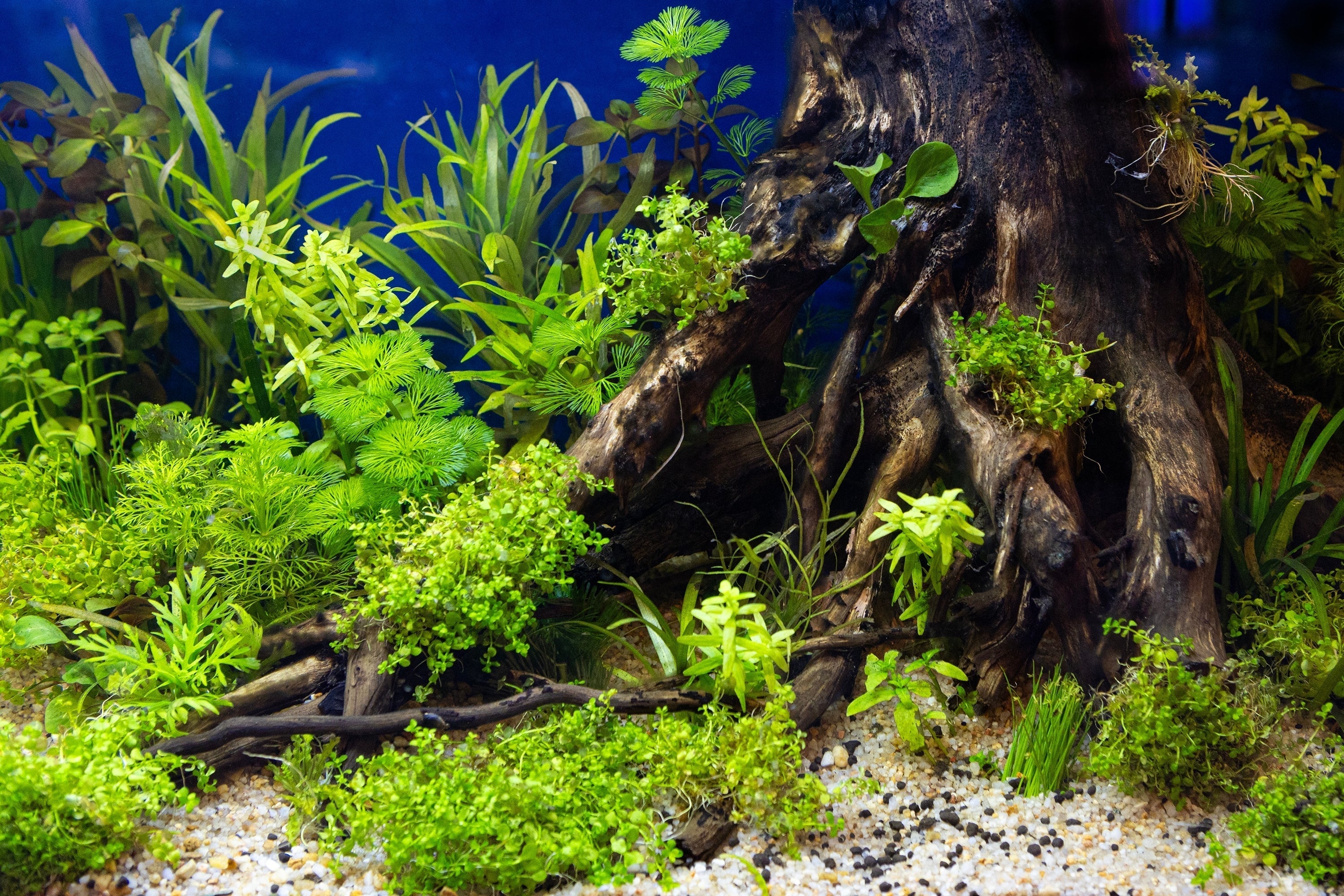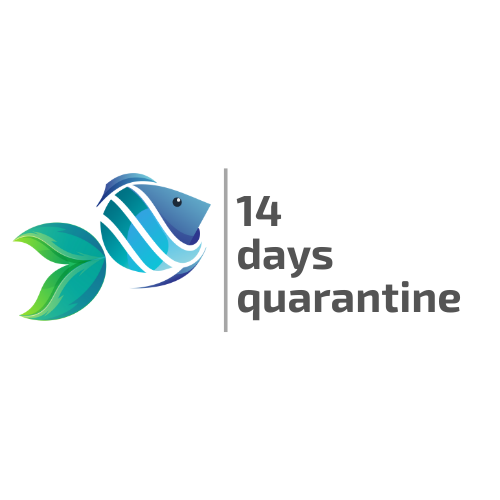Table of Contents
Caridina shrimp are among the most sought-after freshwater shrimp species due to their striking colors and delicate nature. However, maintaining a thriving Caridina shrimp tank requires careful planning, precise water parameters, and the right equipment. In this guide, we will explore everything you need to know about setting up the ideal Caridina shrimp tank to ensure a healthy and vibrant colony.
What Is The Best Tank Size for Caridina Shrimp?
The ideal tank size for Caridina freshwater shrimp depends on your experience level and the number of shrimp you plan to keep. A 10-gallon tank (40-liter) is the recommended minimum, as it provides stable water parameters and ample space for shrimp colonies to grow. For larger breeding projects, a 20-gallon tank (80-liter) or larger tank is ideal, offering better stability and reduced risk of parameter fluctuations.
Larger tanks are preferred because they maintain water stability better than smaller ones. A sudden change in temperature, pH, or other water parameters can be harmful to Caridina shrimp, which are highly sensitive to environmental shifts. Beginners should avoid tanks smaller than 10 gallons, as they can experience rapid water quality fluctuations, leading to stress and health issues.
A well planted tank with plenty of natural hiding spots can help reduce stress and create an environment that mimics the shrimp’s natural habitat. When choosing a tank size, consider your long-term goals, as shrimp colonies tend to multiply quickly under optimal conditions.

Essential Equipment for Caridina Shrimp Tank
Filter
A sponge filter or hang-on-back filter with a sponge pre-filter is ideal for Caridina shrimp care. These aquarium filters provide gentle water flow, ensuring shrimp safety while maintaining water clarity and biological filtration. A sponge filter is highly recommended because:
- It prevents shrimp fry from being sucked into the filtration system.
- It supports beneficial bacteria growth, which helps maintain water quality.
- It provides surface area for biofilm, a primary food source for shrimp.
Air Pumps
Air pumps help maintain oxygen levels in the tank, particularly in tanks with low water movement. They also support sponge filter operation, which is a preferred filtration method for shrimp tanks. Without proper aeration, the water can become stagnant, leading to low oxygen levels and increased risk of shrimp stress or mortality.
Aquarium Lights
Proper LED aquarium lighting enhances the colors of Caridina shrimp and supports plant growth. A low to moderate light intensity is ideal, as excessive light can lead to unwanted algae growth. Shrimp tanks with live plants require around 8-10 hours of light per day, and using a timer can help maintain consistency.
Aquarium Soil
A high-quality active substrate is crucial for maintaining the soft, acidic water conditions required for Caridina shrimp. Popular choices include Feast Aquasoil from 2Hr Aquarist and Oase Scaperline Soil. Active substrates help regulate pH levels and provide beneficial nutrients for aquatic plants. The aquarium soil should be 2-3 inches deep to allow for proper root development and biological filtration.
Shrimp Salt
Caridina shrimp require specific water conditions, which can be achieved using shrimp mineral salts like Salty Shrimp GH+ to maintain optimal GH and TDS levels. These salts help remineralize reverse osmosis (RO) water, ensuring the proper balance of essential minerals needed for shrimp health and molting. The use of remineralized RO water prevents harmful contaminants found in tap water from affecting shrimp health.
GH/KH Test Kits
Maintaining GH (General Hardness) between 4-6 dGH and KH (Carbonate Hardness) close to 0 dKH is essential. Regular testing ensures stable water parameters for healthy shrimp molting and breeding. A water test kit is recommended over test strips for accuracy. Testing water weekly helps detect any sudden parameter changes before they become dangerous.
TDS Pens
A TDS (Total Dissolved Solids) meter helps monitor mineral content in the water, with an ideal range of 100-150 ppm for Caridina shrimp tanks. Fluctuations in TDS levels can indicate the need for a water change or mineral adjustments. Keeping TDS stable is key to preventing molting issues and ensuring shrimp remain healthy.
Aquarium Lid/Cover
An aquarium lid or mesh cover prevents shrimp from escaping and reduces evaporation, helping to maintain stable water parameters. Since Caridina shrimp are known for their climbing behavior, a cover ensures they stay inside the tank. It also reduces the risk of contaminants such as dust or airborne chemicals affecting water quality.
Set Up The Ideal Caridina Shrimp Tank: Step-by-Step
Step 1: Choose the Right Tank Size
Select a minimum 10-gallon (40-liter) tank, as smaller tanks are prone to unstable water parameters. If you plan on breeding or maintaining a larger colony, consider a 20-gallon (80-liter) or larger tank for added stability. A wider tank is preferable over a tall one, as shrimp prefer horizontal swimming space and substrate interaction.
Step 2: Add Active Substrate
Use a 2-3 inch deep layer of active soil to buffer pH and support aquarium plants. Active substrates also encourage the growth of beneficial bacteria and biofilm, a natural food source for shrimp.
Step 3: Install the Filtration System
Choose a sponge filter or a hang-on-back (HOB) filter with a pre-filter sponge to ensure shrimp safety. Sponge filters are highly recommended because they provide gentle filtration, house beneficial bacteria, and prevent shrimp fry from being sucked in.
Step 4: Fill the Tank with RO Water and Remineralize
Caridina shrimp require soft, slightly acidic water. Use reverse osmosis (RO) water and remineralize it with shrimp salt (e.g., Salty Shrimp GH+) to achieve a GH of 4-6 dGH, KH close to 0 dKH, and TDS between 100-150 ppm. Allow the water to settle before proceeding.
Step 5: Set Up Essential Equipment
- Lighting: Use low to moderate intensity LED lights for 8-10 hours daily to prevent excessive algae growth.
- Air Pump: Helps oxygenate the water and ensures proper sponge filter function.
- Heater (if needed): Maintain a consistent temperature between 70-74°F (21-23°C).
- Aquarium Lid: Prevents shrimp from escaping and reduces water evaporation.
Step 6: Cycle the Tank
Allow the tank to cycle for 4-6 weeks before introducing shrimp. This process establishes beneficial bacteria that help break down ammonia and nitrites. Test water weekly using GH/KH test kits and TDS pens to monitor stability. During this period, add a small amount of shrimp food or a bacterial starter to aid cycling.
Step 7: Introduce Live Plants
Adding live plants provides shrimp with hiding spots, improves water quality, and supports biofilm growth. Ideal choices include Java Moss For Sale, Anubias, Bucephalandra, and floating plants. Arrange plants strategically to create shaded areas and open grazing spots.
Step 8: Acclimate Caridina Shrimp
Use the drip acclimation method to introduce shrimp gradually and avoid shock. Follow these steps:
- Place shrimp in a separate container with their original water.
- Use airline tubing to slowly drip water from the tank into the container at 1-2 drops per second.
- Continue for 1-2 hours until water parameters match.
- Gently transfer shrimp to the tank using a net (avoid adding bag water to the aquarium).
Step 9: Maintain Water Parameters and Routine Care
- Perform 10-15% water changes weekly using remineralized RO water.
- Monitor GH, KH, TDS, pH, and temperature regularly.
- Feed a balanced diet of high-quality shrimp food, blanched vegetables, and occasional protein sources.
- Remove uneaten food after a few hours to prevent water quality issues.
- Observe shrimp behavior daily to detect any health concerns early.

Best Tank Mates to Keep in Caridina Shrimp Tank
Freshwater Fish
Chili Rasboras (Boraras brigittae)
These tiny, peaceful freshwater fish grow to about 0.7 inches (1.8 cm) and are known for their bright red coloration. Chili Rasbora thrive in the same soft, acidic water conditions as Caridina shrimp and prefer to swim in schools of at least six.
Ember Tetras (Hyphessobrycon amandae)
These nanofish reach around 0.8 inches (2 cm) and display a striking orange hue. Ember Tetras are peaceful and enjoy planted tanks, making them a great addition to a Caridina shrimp setup.
Endler’s Livebearers (Poecilia wingei)
Unlike common Guppies, Endler’s livebearers are much smaller, typically staying under 1.5 inches (3.8 cm). They are active yet peaceful and add vibrant colors to the tank without posing a threat to shrimp.
Celestial Pearl Danios (Danio margaritatus)
Also known as Galaxy Rasboras, these Rasbora fish have a shimmering, starry appearance. Celestial Pearl Danios grow to about 0.8 inches (2 cm) and prefer gentle water flow, making them compatible with Caridina shrimp.
Pygmy Corydoras (Corydoras pygmaeus)
These tiny bottom-dwelling fish reach about 1 inch (2.5 cm) and are known for their calm nature. Pygmy Corydoras help clean up leftover food without disturbing the shrimp.
Black Neon Tetras (Hyphessobrycon herbertaxelrodi)
Slightly smaller than regular Neon tetras, Black Neon Tetras grow to about 1 inch (2.5 cm) and prefer similar water parameters as Caridina shrimp.
Freshwater Shrimp
Other Caridina Shrimp Varieties
Since these shrimp belong to the same Caridina genus, such as Crystal Red Shrimp, Racoon Tiger Shrimp, and Blue Bolt Shrimp, they thrive in similar soft, acidic water conditions and can interbreed, leading to diverse color morphs.
Amano Shrimp (Caridina multidentata)
These freshwater shrimp are excellent algae eaters and can coexist peacefully with Caridina shrimp species. However, due to their larger size, Amano Shrimp may outcompete Caridina shrimp for food if not properly fed.
Babaulti Shrimp (Caridina babaulti)
Known for their unique green coloration, these shrimp are adaptable and can tolerate similar water conditions.
Tangerine Tiger Shrimp (Caridina mariae)
A strikingly colored shrimp that can crossbreed with some Caridina species, adding genetic diversity to the colony.
Other Invertebrates
Non-aggressive invertebrates help with algae control and tank maintenance:
- Nerite Snails (Neritina spp.): Excellent algae grazers that won’t overpopulate.
- Malaysian Trumpet Snails (Melanoides tuberculata): Beneficial burrowers that help aerate substrate.
- Mini Ramshorn Snails (Planorbidae spp.): Add biodiversity and assist with biofilm growth.
Freshwater Plants for Caridina Shrimp Tank
Freshwater plants provide shelter, biofilm, and aesthetic appeal. Some ideal choices include:
- Java Moss (Taxiphyllum barbieri): Excellent for biofilm growth and hiding spots.
- Anubias Nana (Anubias barteri var. nana): Hardy, slow-growing Anubias plant that thrives in shrimp tanks.
- Bucephalandra spp.: Adds unique color and texture while promoting biofilm growth.
- Subwassertang (Lomariopsis lineata): A perfect alternative to moss for shrimp to graze on.
- Floating Plants: Help absorb excess nutrients and maintain water stability. Some popular floating plants include Salvinia Minima, Duckweed, and Red Root Floater.
- Cryptocoryne spp.: Low-maintenance, rooted plants that add diversity. Common Cryptocoryne plants include Cryptocoryne parva, Cryptocoryne wendtii, and Cryptocoryne lutea.
- Rotala and Ludwigia species: Provide a splash of color and contrast in planted tanks.
Conclusion
Setting up the ideal Caridina shrimp tank requires careful planning and attention to water quality. By selecting the right tank size, essential equipment, and suitable tank mates, you can create a thriving ecosystem for your shrimp. Regular maintenance and monitoring of water parameters ensure a healthy and successful Caridina shrimp colony. At Splashy Fish tropical fish store, Caridina shrimp for sale, and other freshwater shrimp for sale will be quarantined for 14 days before shipping to ensure the best quality. Visit our website to buy freshwater shrimp online or at our aquarium store in Virginia for more freshwater fish for sale, betta fish for sale, live aquatic plants for sale, and other aquarium supply.
Caridina Shrimp Tank Frequently Asked Questions
What is the ideal water temperature for Caridina shrimp?
The optimal range is 70-74°F (21-23°C). Temperatures outside this range can cause stress and molting issues. A reliable aquarium heater and thermometer help maintain stable temperatures.
Can Caridina shrimp live in tap water?
No, they require RO/DI water remineralized with shrimp salt. Tap water contains chlorine, chloramines, and heavy metals, which can harm shrimp. Always use a water conditioner if using tap water temporarily.
How often should I change the water in a Caridina shrimp tank?
Perform 10-20% weekly water changes to maintain stable parameters. Overchanging water can cause sudden parameter shifts, stressing shrimp.


